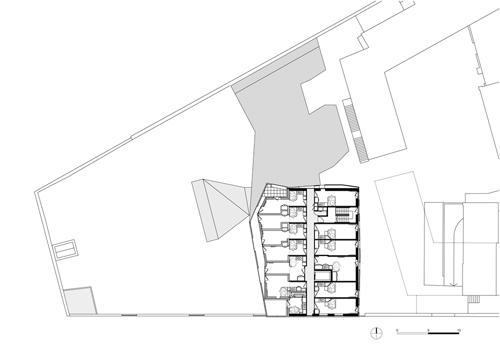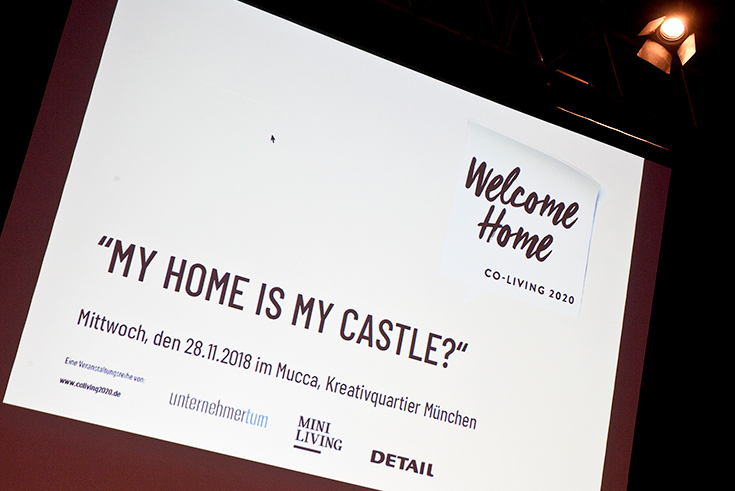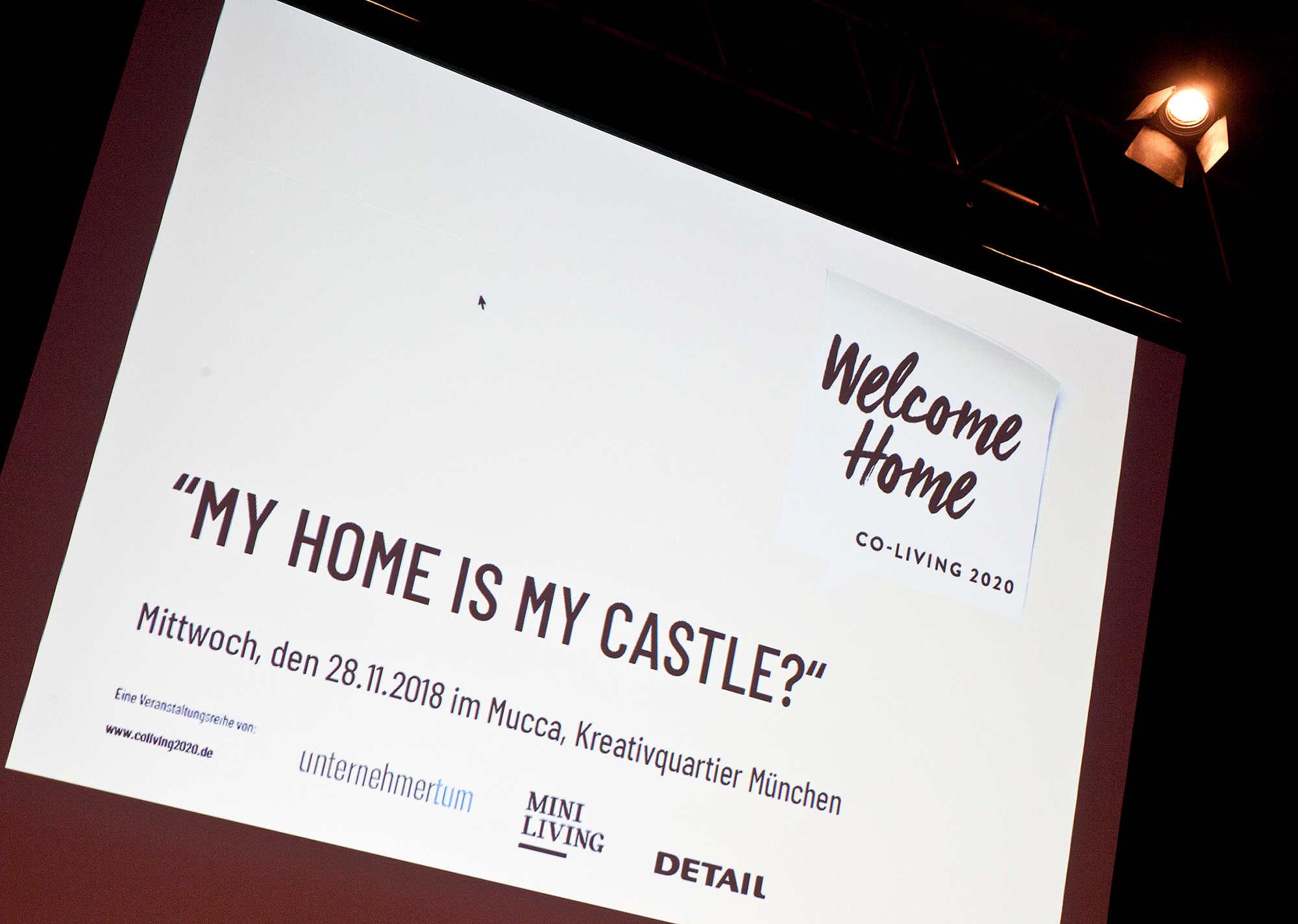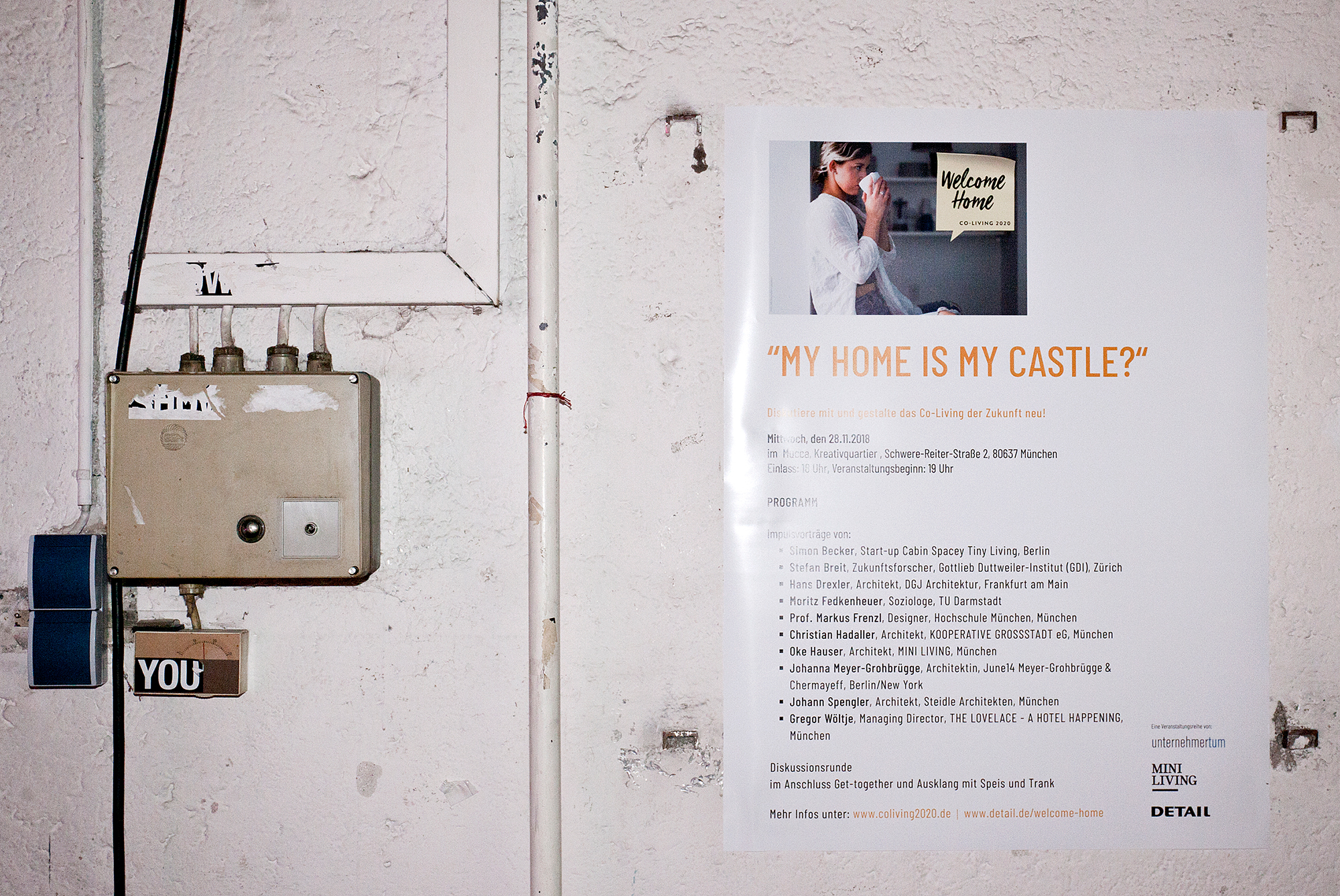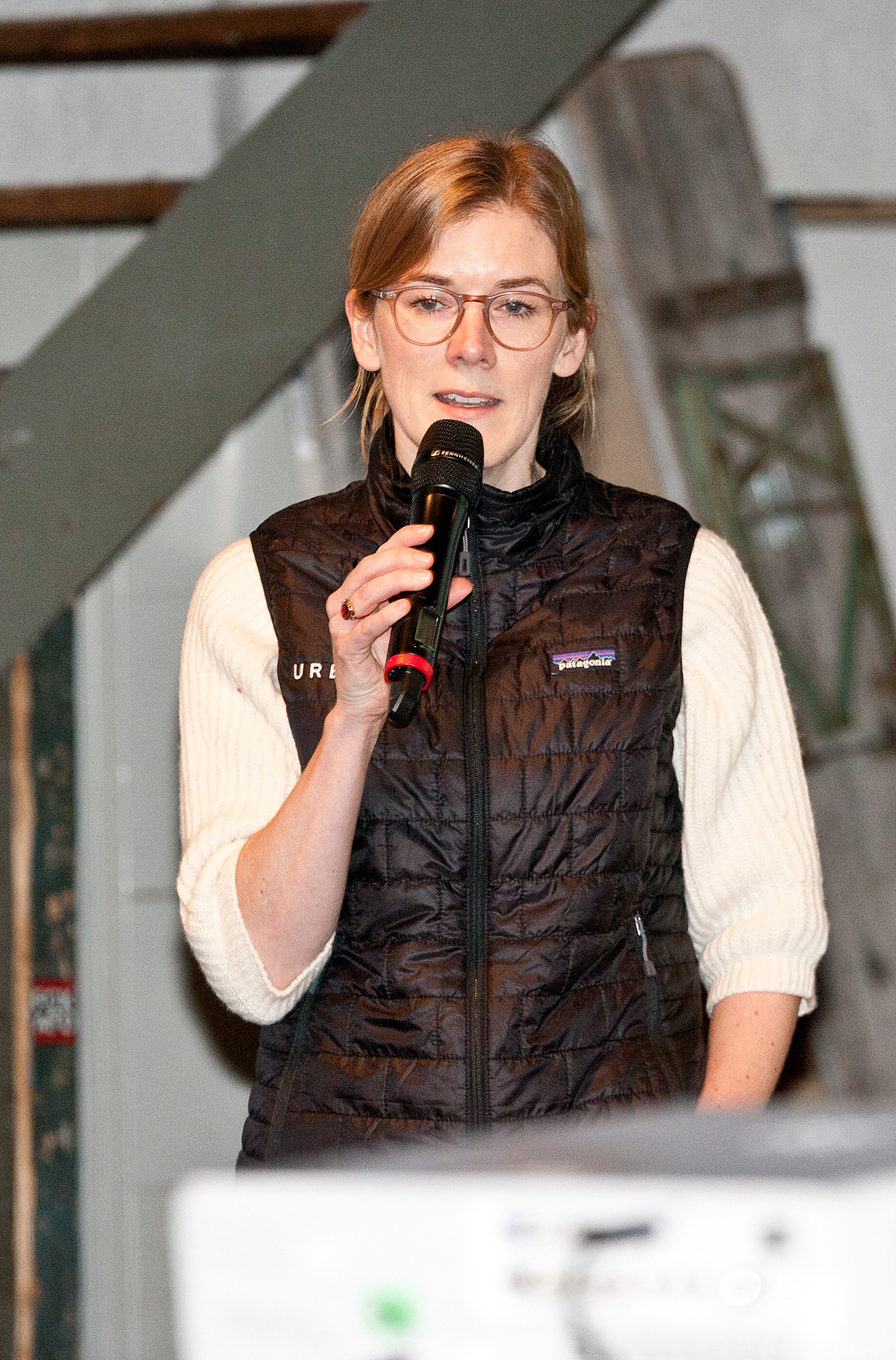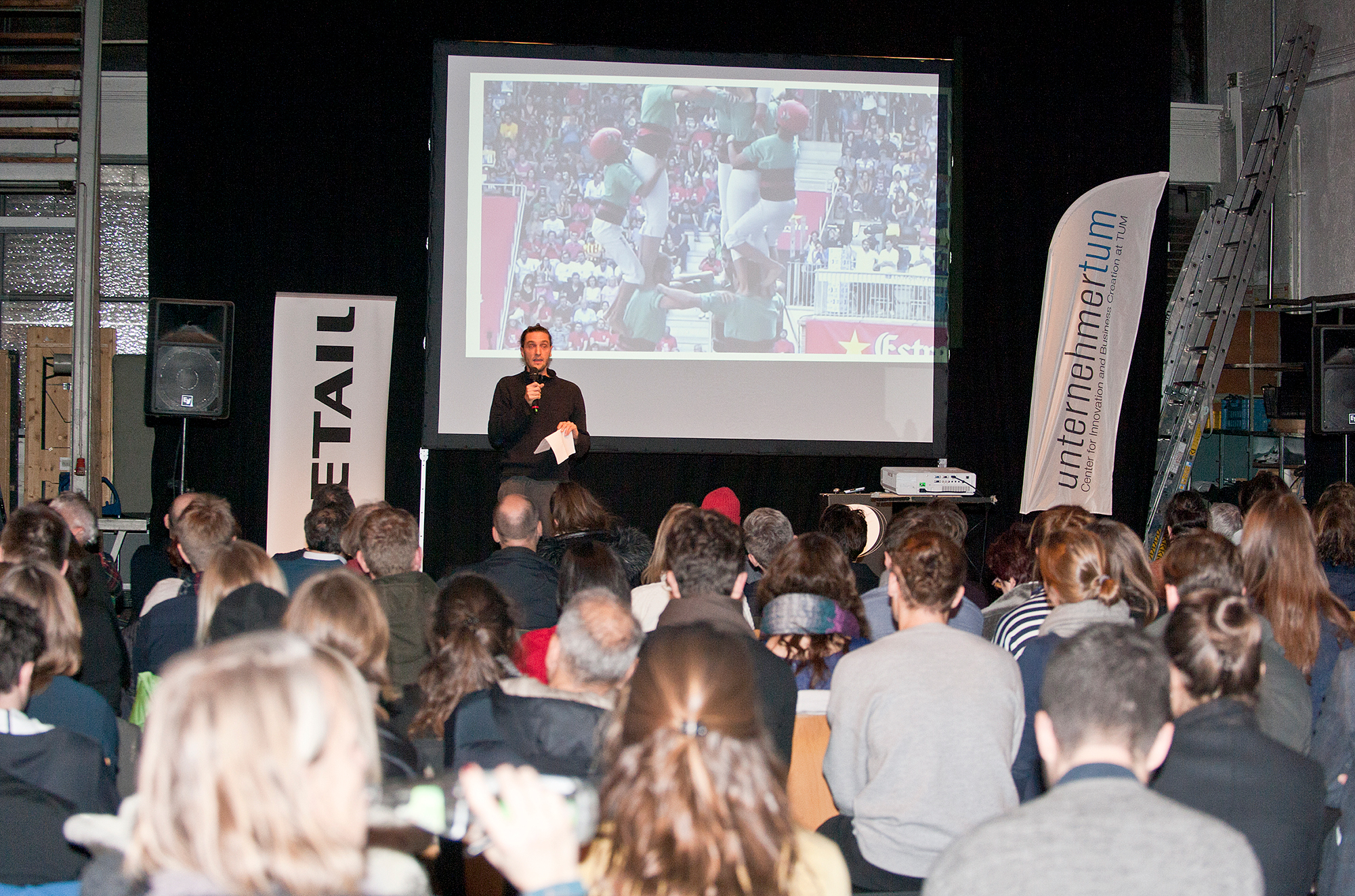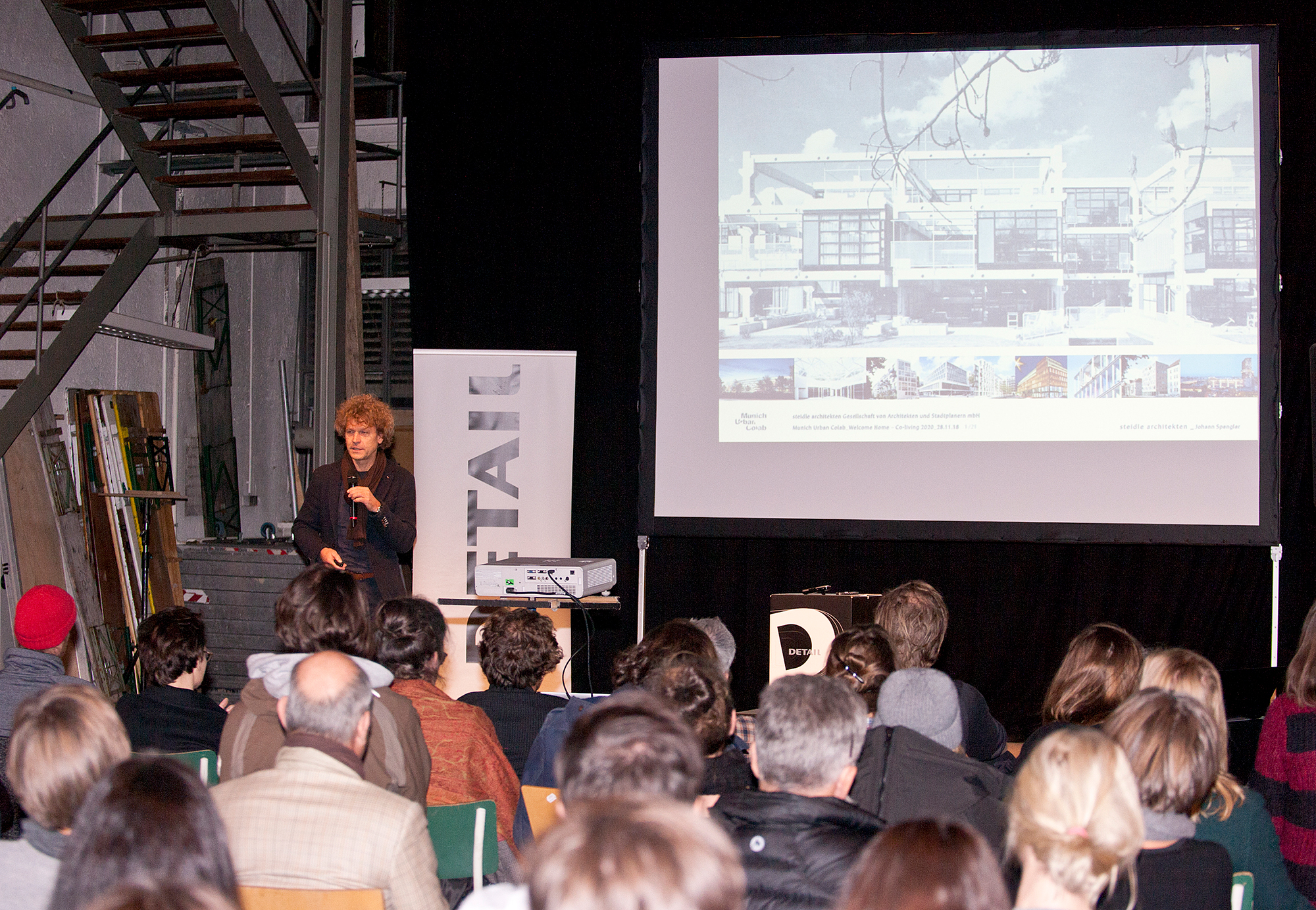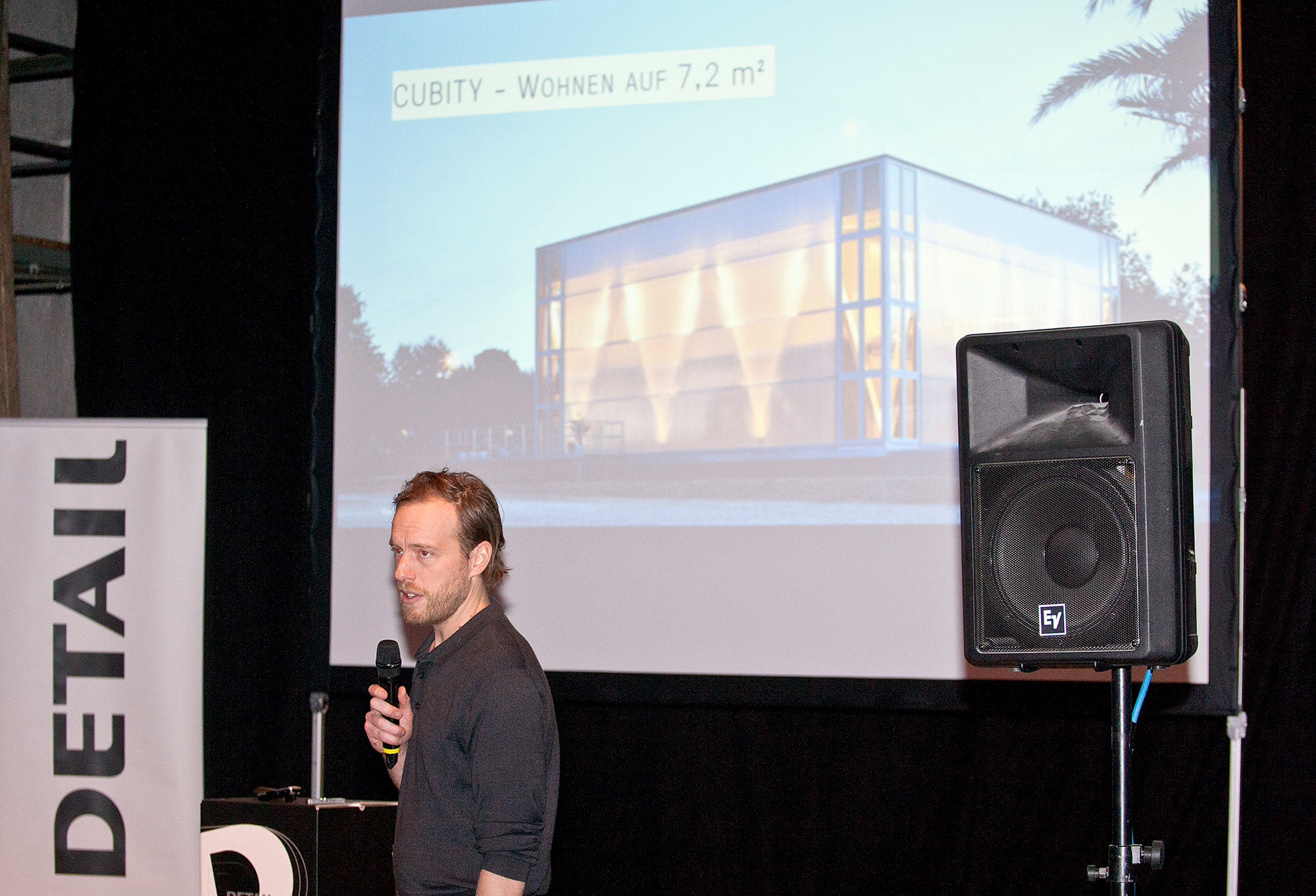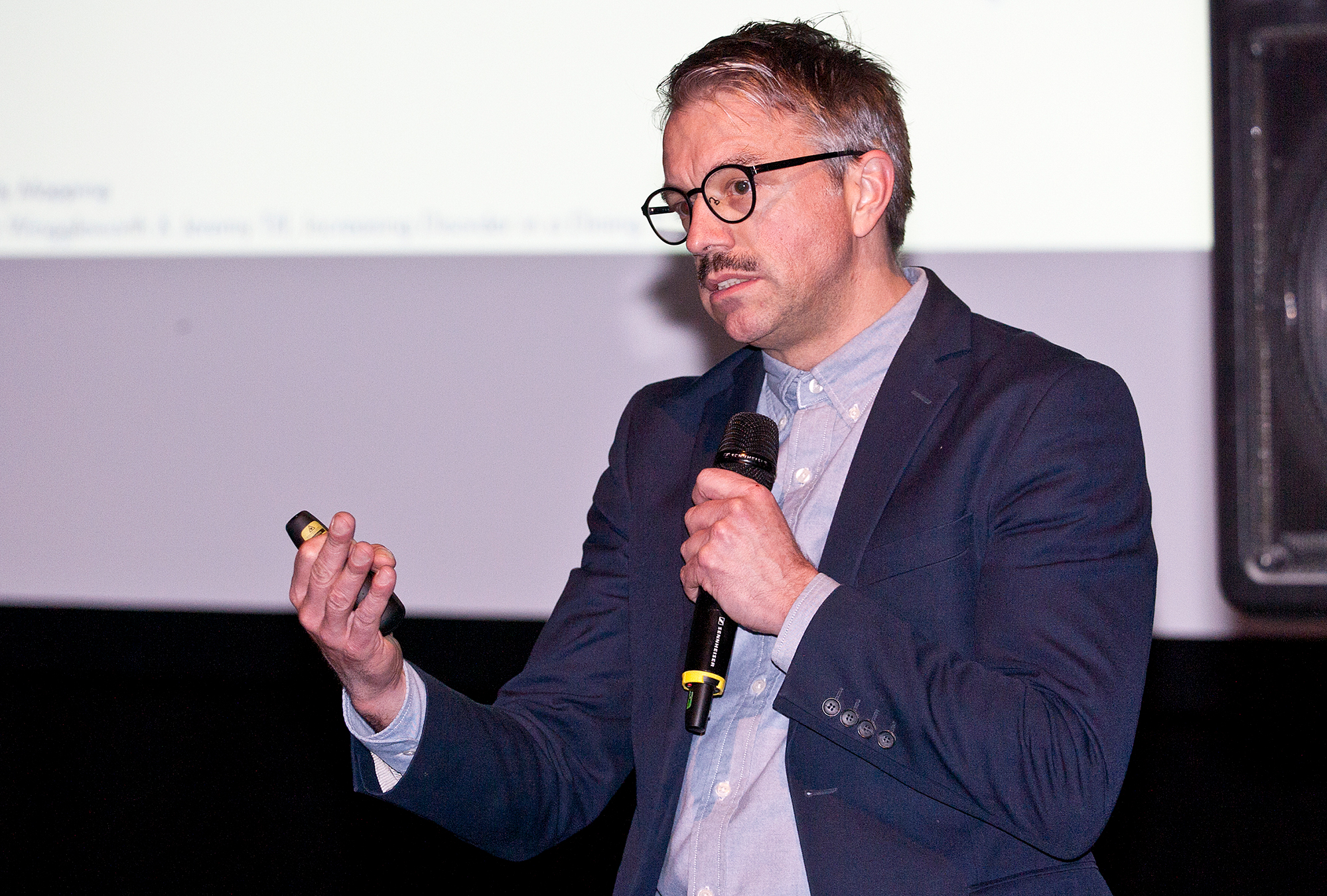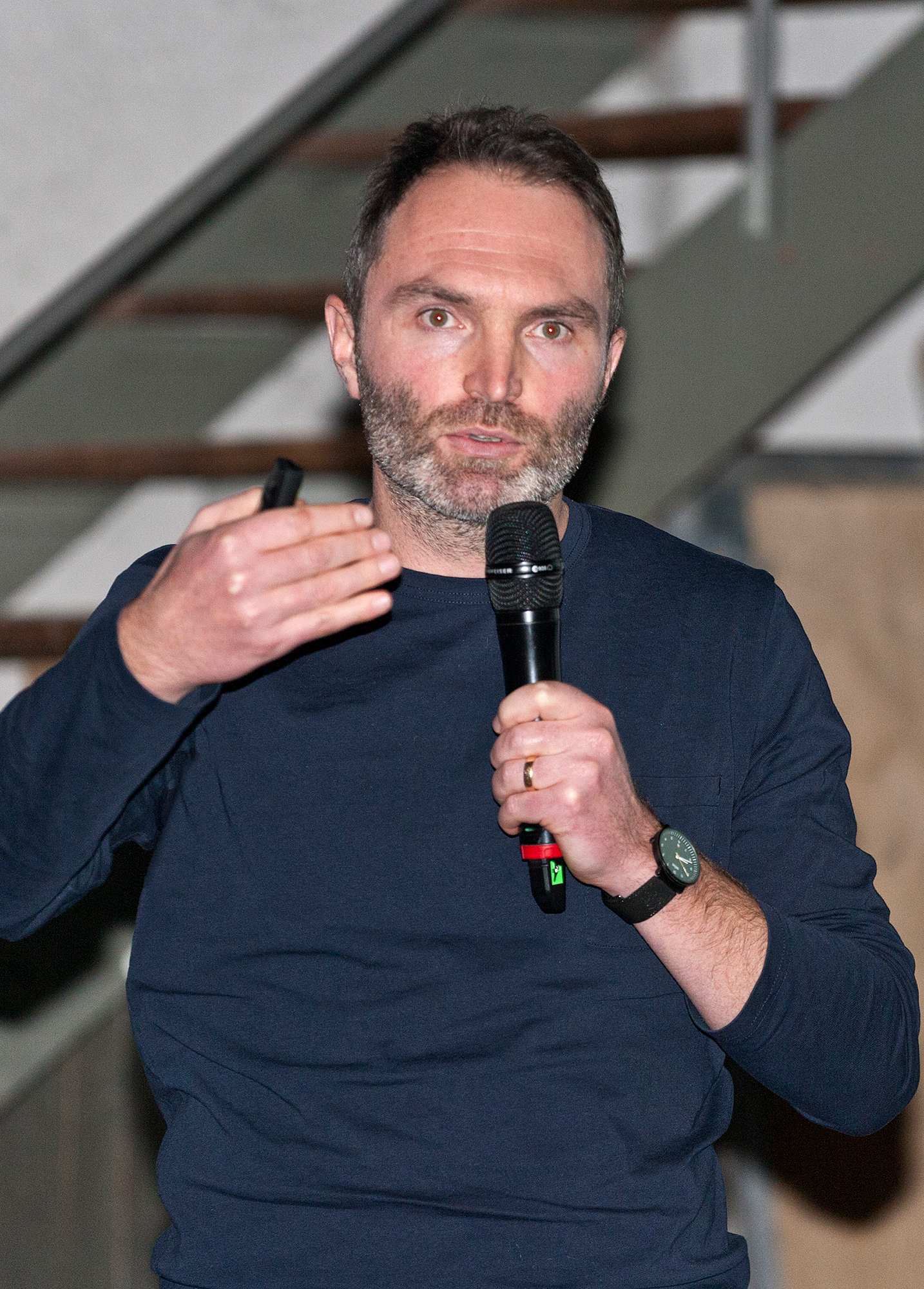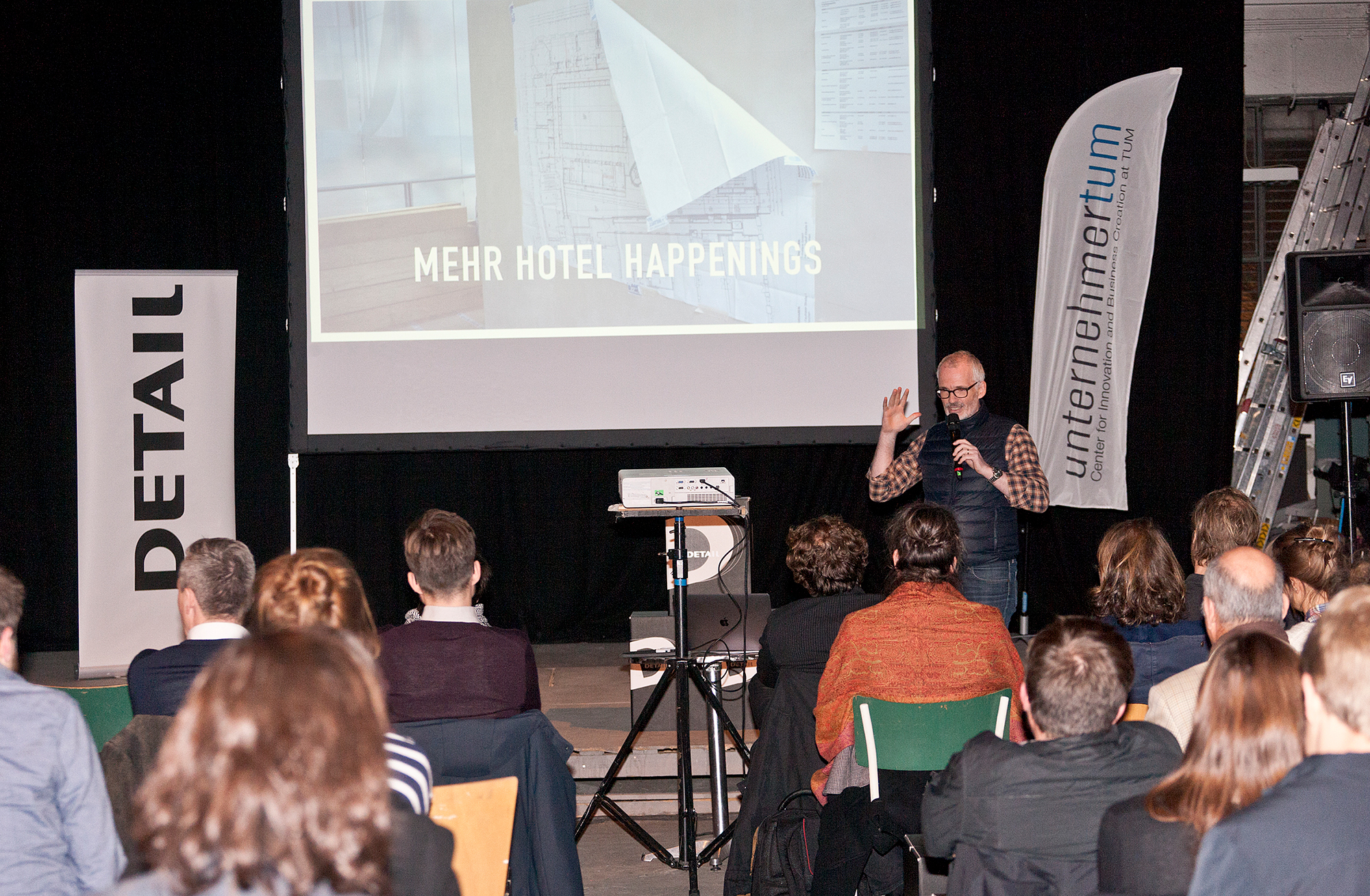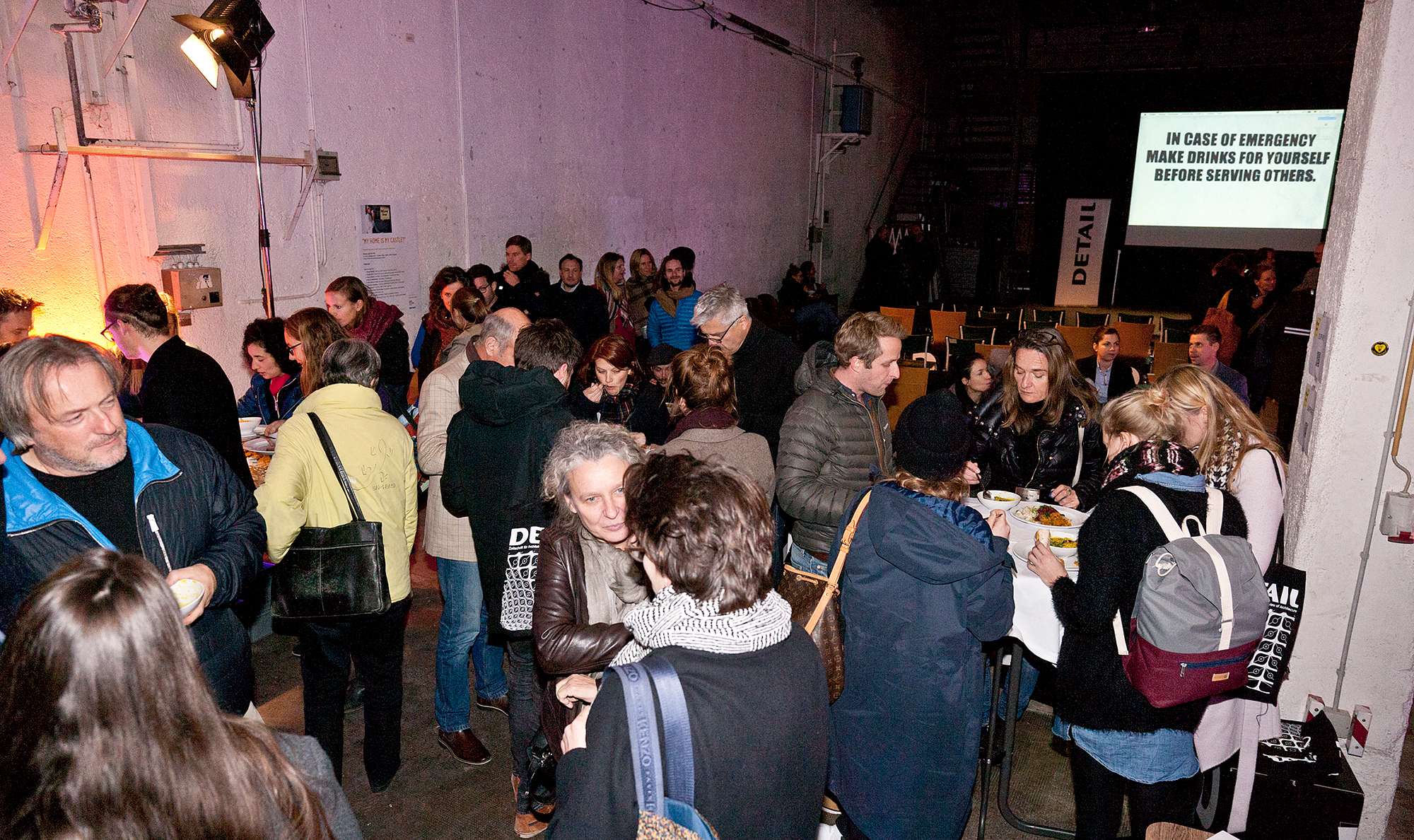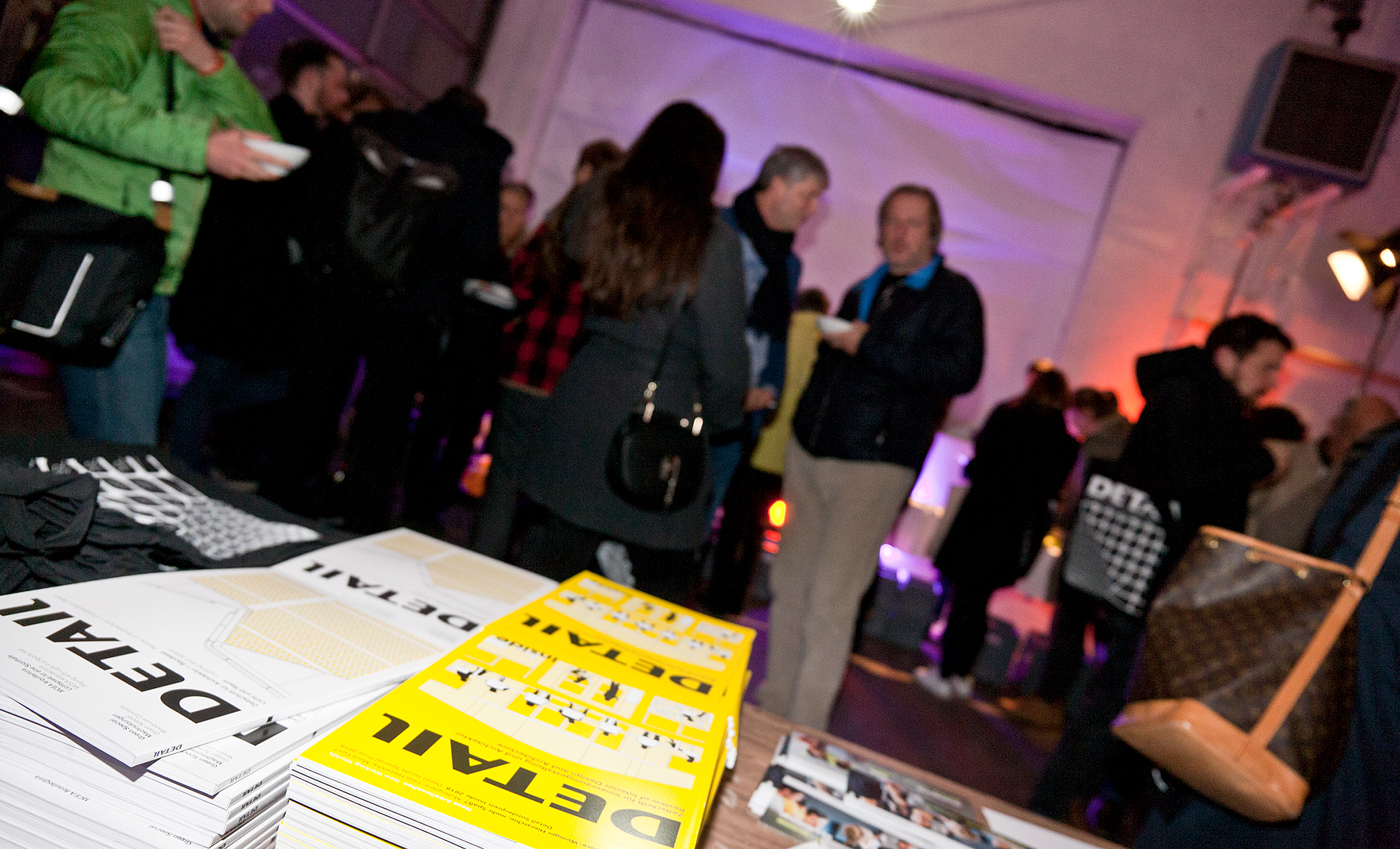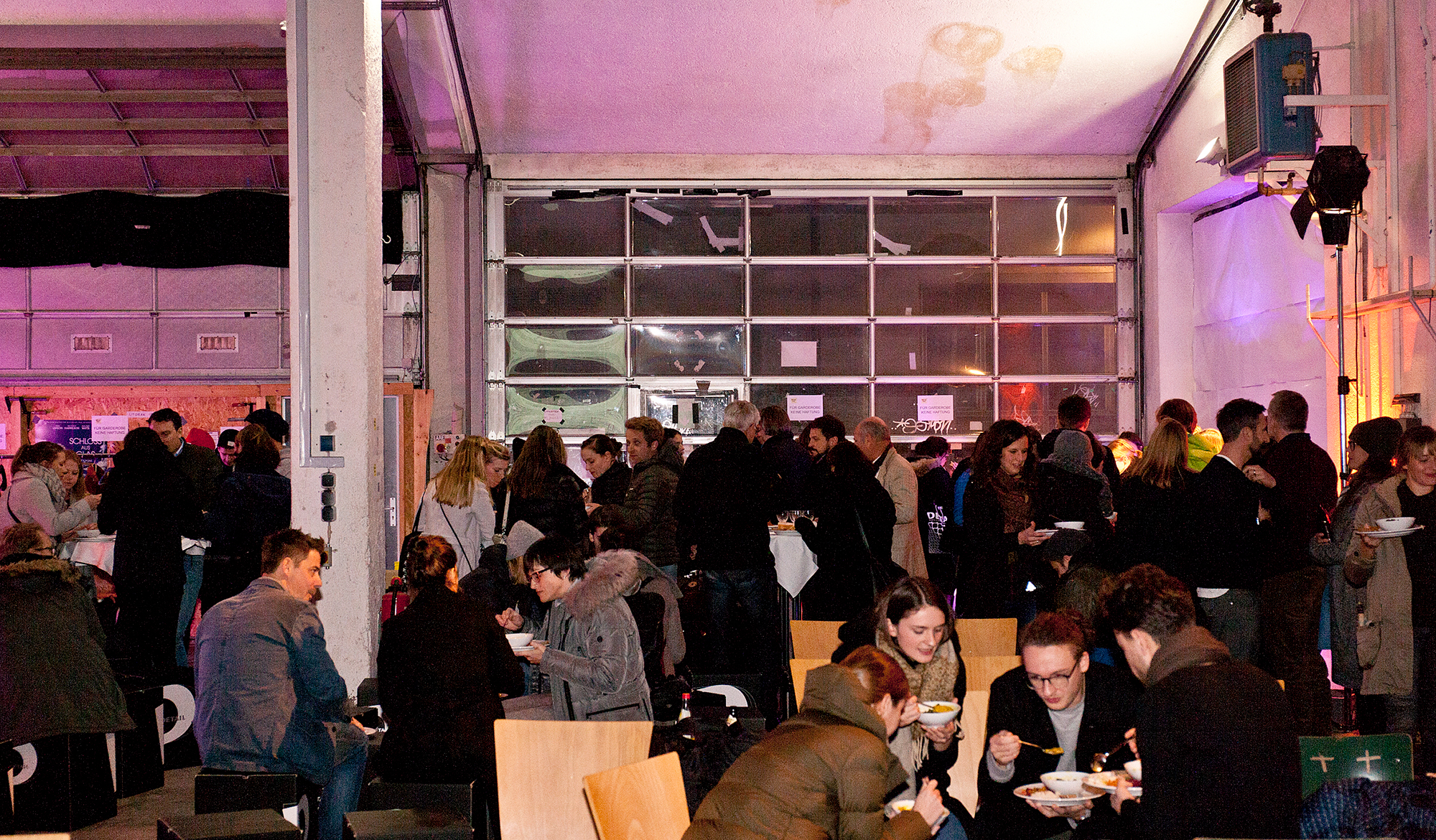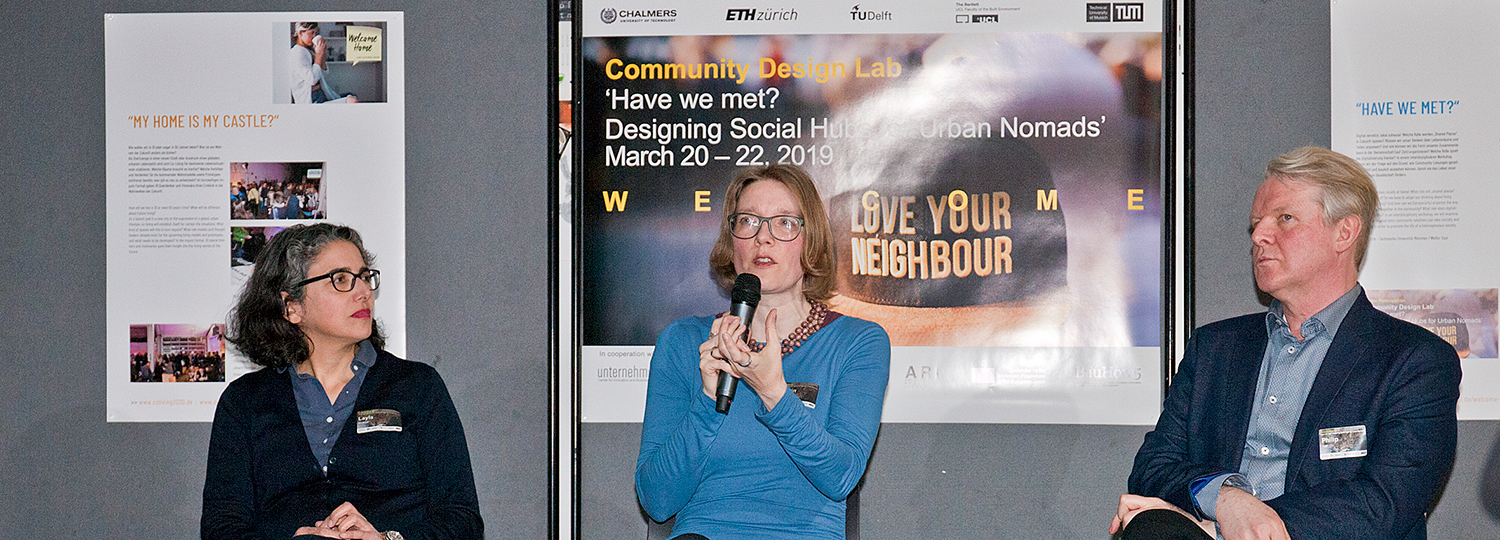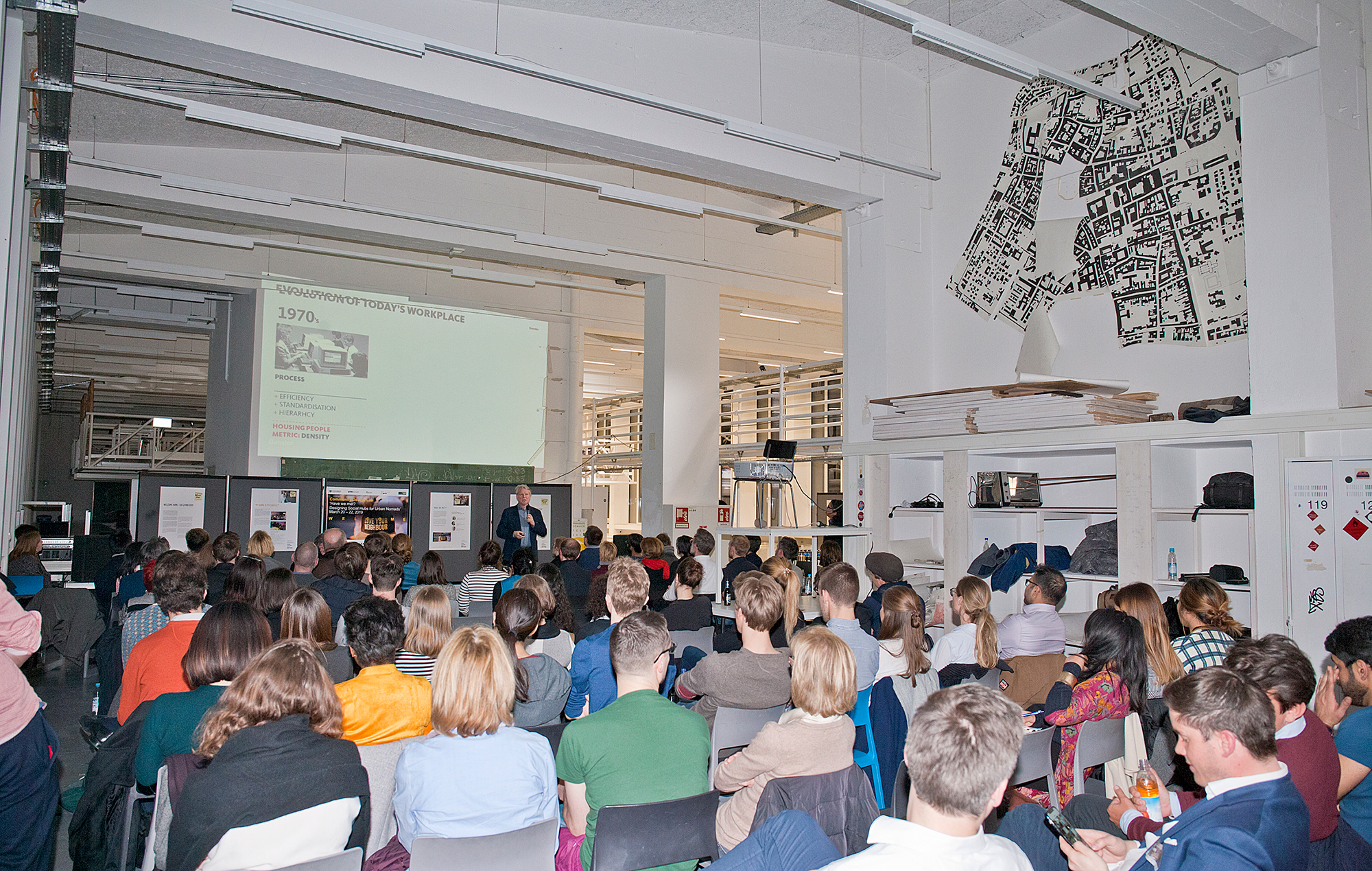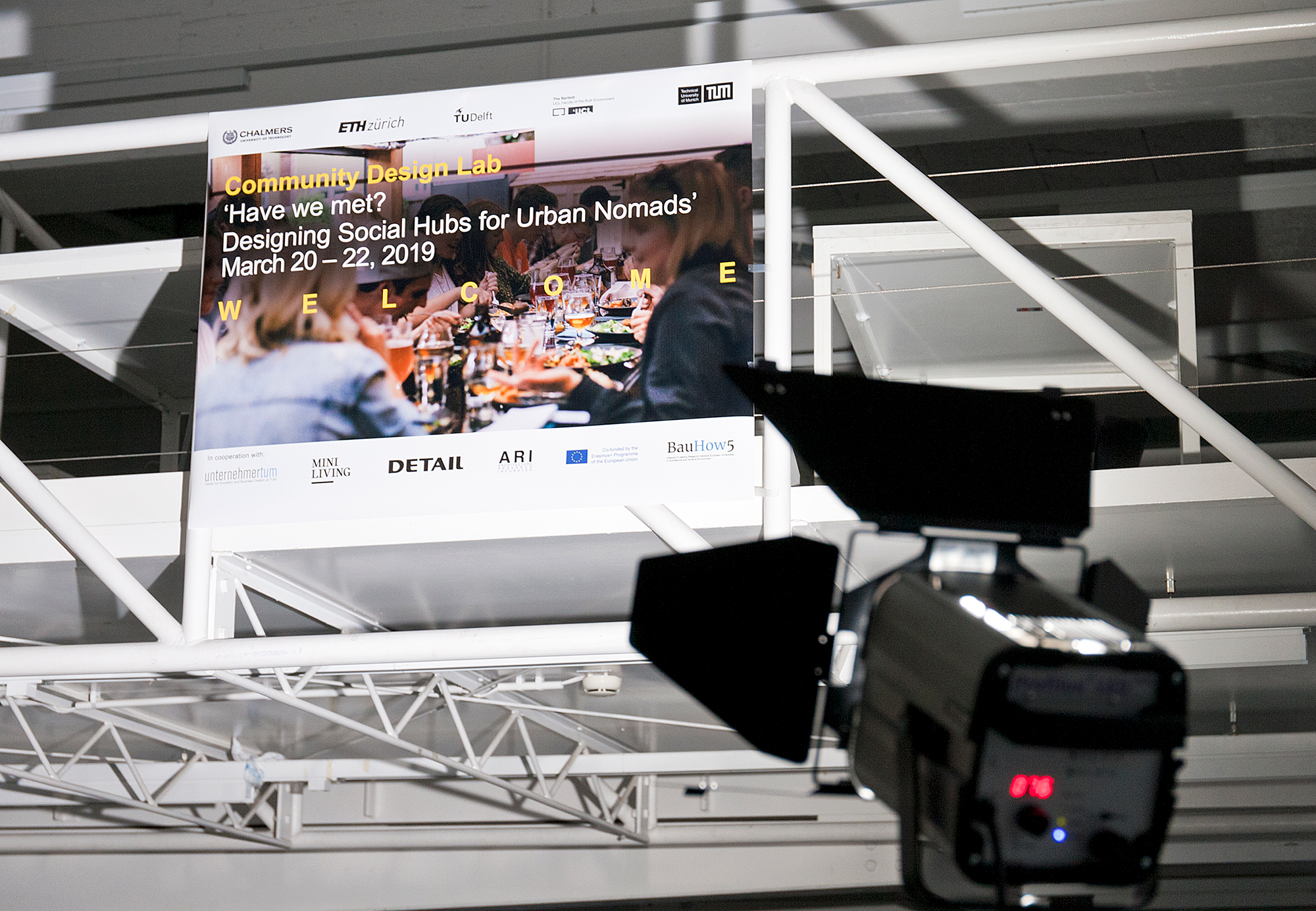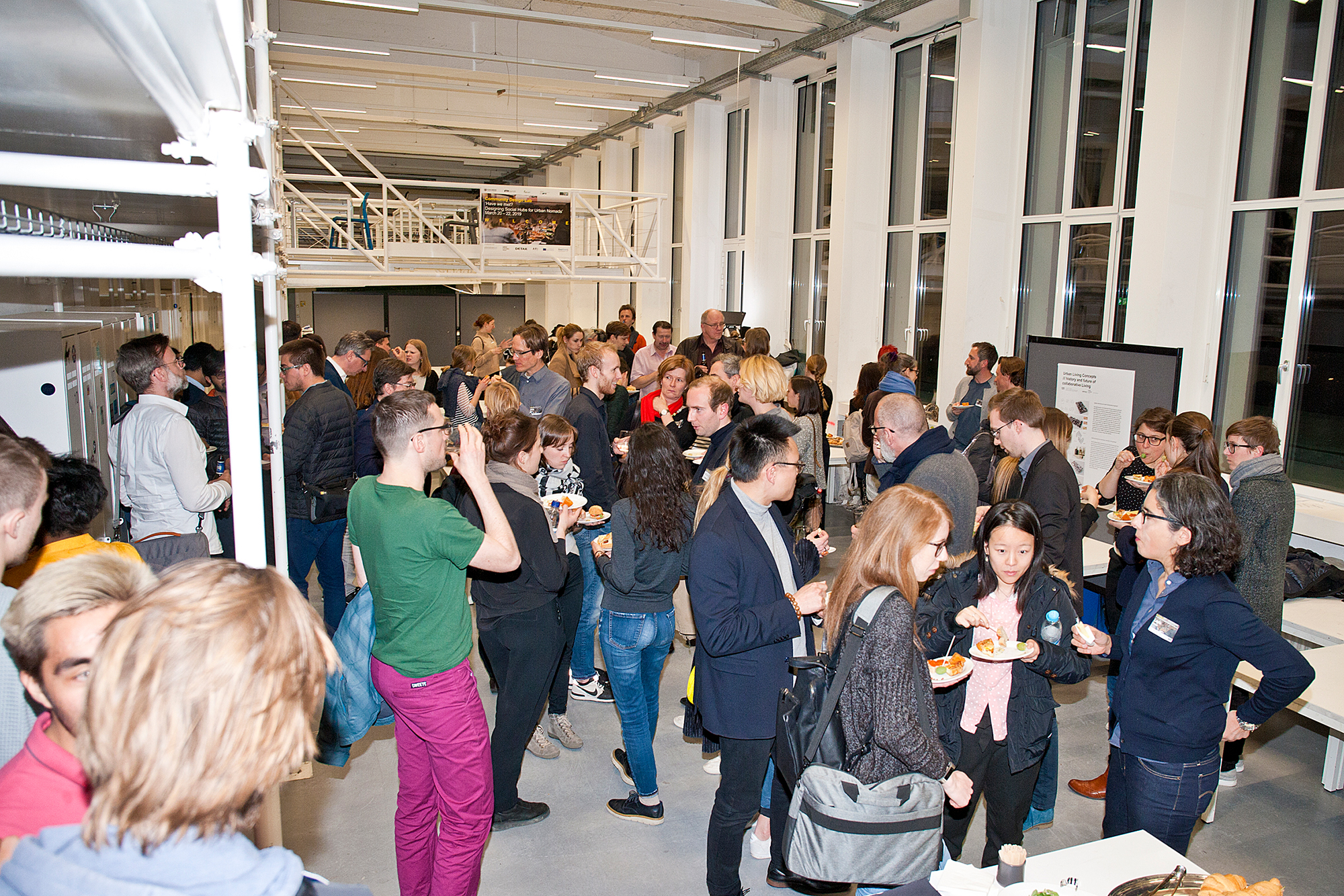Follow-up report – "have we met?"

(v.l.n.r.: Layla Keramat, Kerstin Sailer, Philip Tidd) Foto: Julian Wenninger
Community is created through communication, and only those who know how to communicate can create the appropriate spaces. Kerstin Sailer from the Bartlett School of Architecture in London gave a keynote lecture on the social component of community. Layla Keramat, Executive Creative Director at Spark Reply discussed – not uncritically – the digital influence, and Philip Tidd, Principal/Head of Consulting Europe at Gensler added the spatial and architectural component. Together they kicked off the multi-day event entitled "have we met?", which through lectures, discussions and the Community Design Lab workshop focused on the role of community in a not infrequently lonely and urban society. The actual aim was to bundle and develop ideas and conceptual approaches that would make temporary living a vehicle for community for urban nomads – both in Munich and globally. However, the topic is far from being as straightforward as the "list of ingredients" initially suggests (person + digital service + space = community), as the animated discussion showed.
How do we want to live in the future?
Digitally networked, locally at home! How much proximity, neighbourhood and social contacts does the urban nomad want locally? Which constants does a constantly changing community need? And which – structural and virtual – spaces are required for this? The Munich Urban Colab construction project, which UnternehmerTUM will realise together with the city of Munich in Munich's Creative Quarter, is pivotal for these considerations and the search for innovative new forms of living. In order for this co-working centre to be a success and to attract entrepreneurs from all over the world, thought also needs to be given to providing these people with innovative living spaces for their time in Munich. UnternehmerTUM, in cooperation with MINI Living and Detail, created the event series welcome home, which explores various aspects of co-living in various formats and constellations.
The Social = Communication
If you want to create a community, you first have to think about what kind of community you want to create. The linchpin – and all three experts agree on this – is the form of communication. It's not just about creating spaces that simply bring people together, but also about creating opportunities for meaningful communication and interaction.
Kersten Sailer has examined the modern role of urban nomads from a historical perspective. "The urban nomad's way of life is relatively new, and even more so the corresponding forms of housing. In earlier centuries, foreigners were synonymous with a threat. That is why it's still necessary today to turn strangers into acquaintances as quickly as possible and to let the feeling of strangeness give way to familiarity. However, most cities and housing forms achieve exactly the opposite: "Why do we build cities for lonely people?" the scientist asks.
Naturally, a certain level of personal closeness also plays an important role in building meaningful communication and emotional relationships with others. But "co-presence alone doesn't constitute a community", says Kerstin Sailer. As a built (negative) example she cites The Old Oak co-working and co-living project in London. What was intended to be an innovative living experiment for 550 urban nomads turned out for some to be a barely tolerable commercialisation of the concepts of residing and living. Here a careful balance has to be achieved between comfort, service, control and regulation on the one hand, and freedom, diversity, appropriation and communication on the other.
The Digital = real interaction
Layla Keramat even goes one step further and highlights existing examples of sometimes irritating digital services that are intended to simplify the life and living of urban nomads in China. Society, community and social interaction are offered here via apps and service robots, which also only focus on the aspects of organisation, comfort and convenience. Interpersonal factors that need to be satisfied in order to feel at home are put to one side. Likewise, there is also a stereotyping of the entrepreneur that does not do justice to this multidisciplinary and multinational target group – ages, personal backgrounds, expectations and needs are all different. Anyone who wishes to develop the right products – no matter whether an app or architecture – has to ask the right questions. Interaction between people must be allowed by all available media – social, digital and spatial – and not further reduced, as is often the case with digital tools. Conflicts may arise and, if mastered, contribute to the formation of a social group. The goal should be to motivate others to become part of this community themselves. However different the target group may be, there are still common interests: learning and broadening horizons, experiences and networking, health and wellness, but also special topics such as upcycling and voluntary work and doing good etc., all of which can lead to and inspire new and unusual digital services that promote real interaction.
The Physical = a function mix instead of function separation
Philip Tidd of Gensler Architects derives his theory concerning the spatial-architectural needs of co-living from his office's own experience with co-working. In our modern, globally active world of work, he no longer sees a clear separation between life (i.e. living) and work and a shift or drifting apart of place and time. While in past decades work has controlled people and provided a uniform rhythm to the lives of many, each individual now has the opportunity to find their own rhythm or choose their own places. The corresponding spatial development that office buildings and organisations have undergone since the 1970s (from individual offices through efficient, standardised open-plan offices to flexible, individually-usable spatial zones and services) can now also be applied to living and co-living. For Philip Tidd, a mix of functions is important for a modern and timeless society – within a building or at least within the neighbourhood. With lounges, sofa corners, cafés, zones for contemplation and communication, modern office and hotel worlds already look quite similar today. Transferring this idea to temporary co-living is now the next step.
Following the fully-attended event in a creative atmosphere in the White Hall, the studio used by architecture students at the Technical University of Munich, a multidisciplinary workshop took place over two days to generate new ideas on how to promote the formation of a community.
Further information about the exciting results of the Community Design Lab are available here.
Partner:
Welcome home – Co-Living 2020, an initiative of:
The Community Design Lab is funded within the framework of the Erasmus+ programme of the European Union. Implemented by BauHow5 by TU Munich in cooperation with UnternehmerTUM, MINI LIVING and DETAIL.
